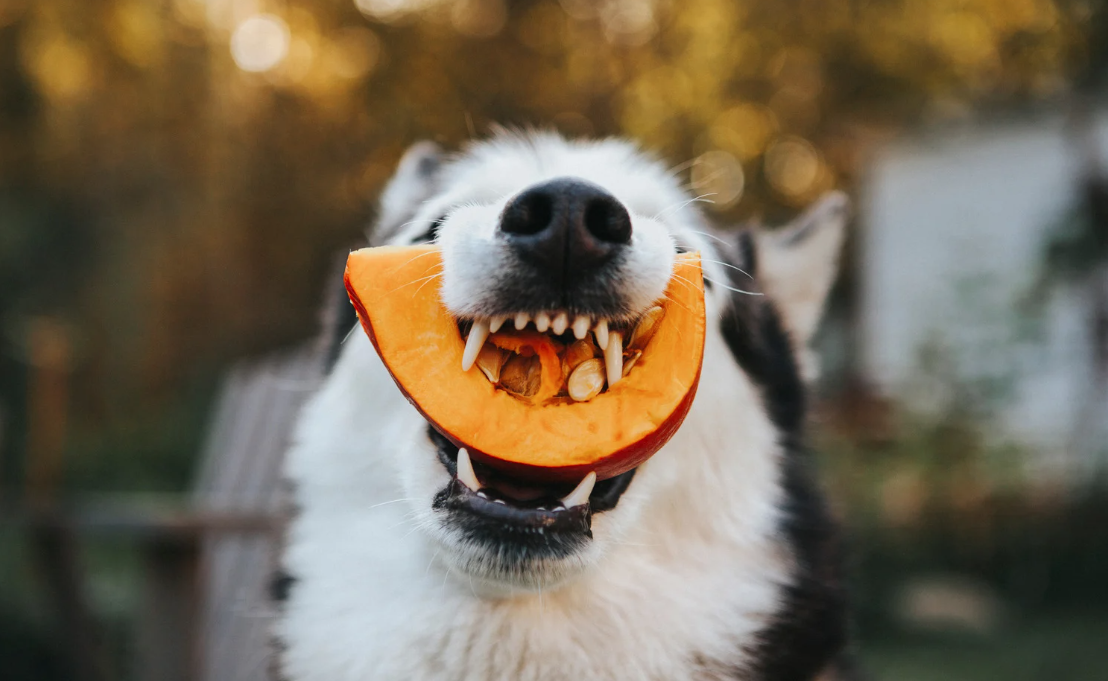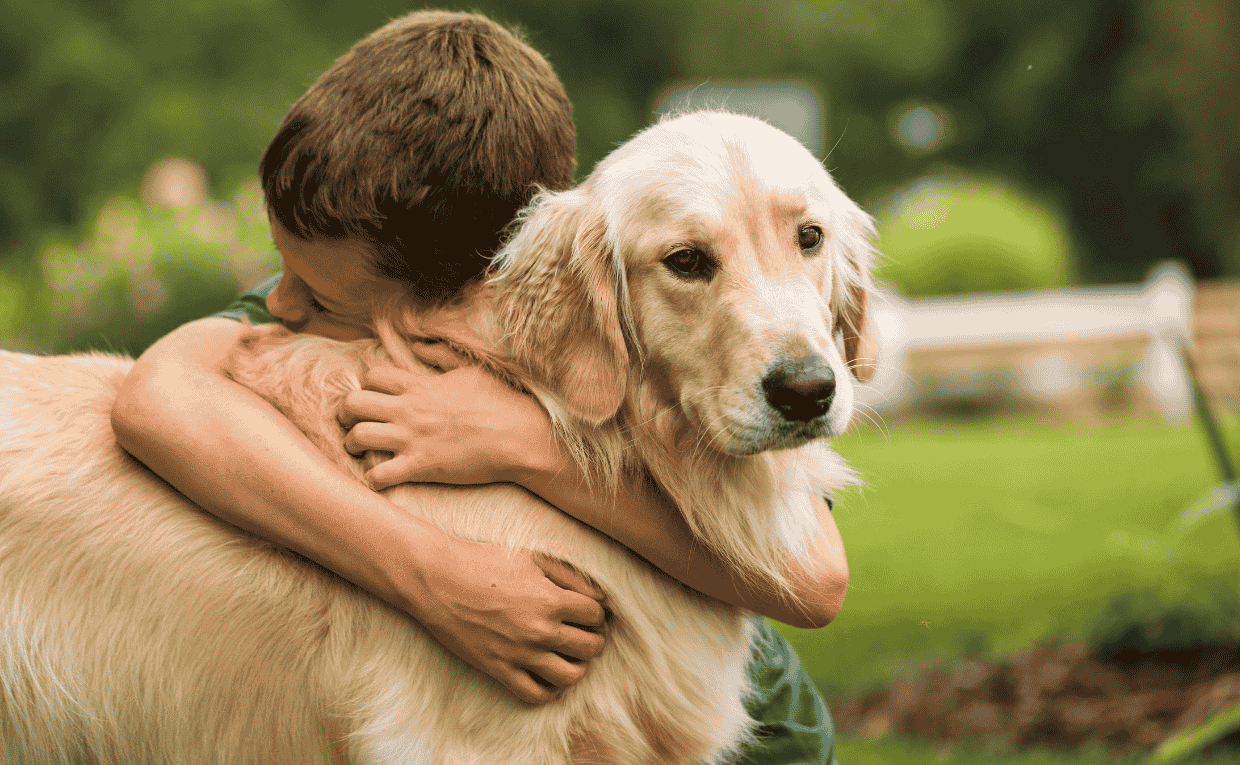As the leaves turn golden and the air grows crisp, autumn brings with it a bounty of fresh, seasonal produce. While you’re enjoying hearty soups, pumpkin pies, and roasted root vegetables, your furry friends can also benefit from some of the nutritious fruits and veggies fall has to offer. The key is knowing what’s safe, what’s healthy, and how to serve it in moderation.
In this blog, we’ll explore the best seasonal fruits and vegetables for pets in fall, highlight their health benefits, and share some simple tips on how to add them safely into your pet’s diet.
Why Seasonal Produce Matters for Pets
Just like humans, pets thrive on fresh, nutrient-rich foods. Seasonal produce is:
- Fresher and tastier – harvested at peak ripeness.
- More nutritious – packed with vitamins and antioxidants.
- Budget-friendly – often cheaper when in season.
- Better for variety – introduces new flavors and textures to your pet’s diet.
By rotating in fall fruits and vegetables, you give your pets an extra nutritional boost while keeping meals exciting.
Fall Vegetables Safe for Pets
1. Pumpkin
Fall and pumpkin go hand in hand! Pumpkin is a superfood for dogs and cats, rich in fiber, beta-carotene, and vitamins A and C.
- Benefits: Aids digestion, helps with constipation or diarrhea, and supports healthy skin and coat.
- How to serve: Offer plain, cooked pumpkin puree (not pie filling with added sugar and spices).
👉 Try adding a spoonful of plain pumpkin to your dog’s kibble for a tasty and healthy topper.
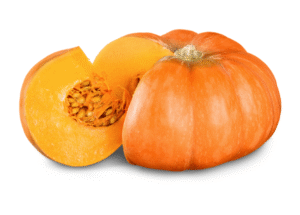
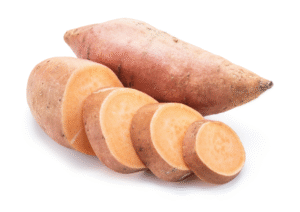
2. Sweet Potatoes
A classic fall vegetable, sweet potatoes are safe and nutritious for pets.
- Benefits: High in dietary fiber, vitamin A, and potassium.
- How to serve: Boiled or baked, mashed, and given in small amounts. Avoid seasoning, butter, or salt.
Sweet potato chews are also a great healthy treat option for dogs.
3. Carrots
Carrots stay in season through fall and are loved by many pets.
- Benefits: Low in calories, packed with beta-carotene, and excellent for dental health (crunchy texture helps clean teeth).
- How to serve: Raw baby carrots for a crunchy snack, or lightly steamed for cats and senior dogs.
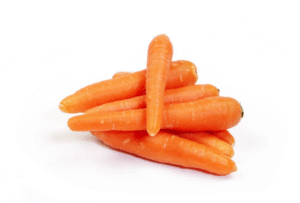
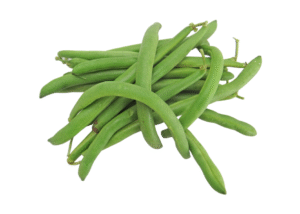
4. Green Beans
Green beans are another fall-friendly veggie safe for dogs and cats.
- Benefits: Low in calories, high in fiber, and a great source of plant-based protein.
- How to serve: Fresh or steamed (skip the salt and butter).
Green beans are often recommended for pets on a weight-loss plan since they’re filling but light.
5. Brussels Sprouts
Though not every pet will love them, Brussels sprouts are nutrient-dense.
- Benefits: Rich in antioxidants and vitamin K, supporting immune and bone health.
- How to serve: Steam or roast without seasoning, cut into small bites. Too many can cause gas, so serve sparingly.
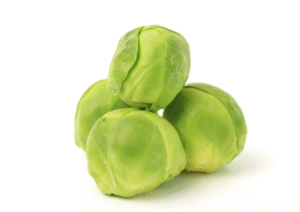
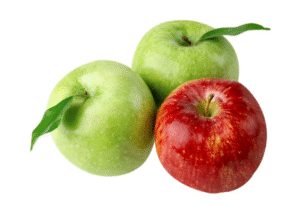
Fall Fruits Safe for Pets
1. Apples
Apples are one of the most popular fall fruits for dogs and cats.
- Benefits: Contain fiber, vitamin C, and antioxidants.
- How to serve: Slice and remove seeds and core (which contain toxic cyanide compounds).
Apples make crunchy, hydrating treats for dogs, while cats may prefer small, thin slices.
2. Pears
Pears are another autumn staple that pets can enjoy in moderation.
- Benefits: High in fiber, vitamin K, and copper.
- How to serve: Remove seeds and core; offer in small chunks.
Pears are naturally sweet, so they should be an occasional treat.
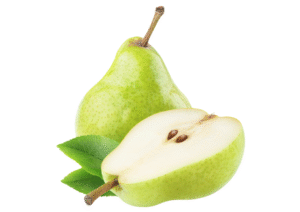
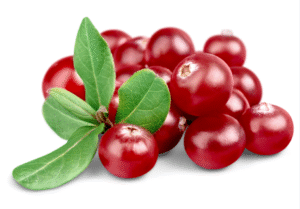
3. Cranberries
These tart little fruits often appear in fall dishes and are safe for pets.
- Benefits: Rich in antioxidants, support urinary tract health.
- How to serve: Fresh or unsweetened dried cranberries in small amounts. Avoid cranberry sauces with added sugar.
Some pets may not love the tartness, so it’s best to mix cranberries with other foods.
4. Blueberries
Though available year-round, blueberries peak in flavor during fall.
- Benefits: Packed with antioxidants, fiber, and vitamin C.
- How to serve: Fresh or frozen as a low-calorie snack.
Blueberries are one of the best natural treats for dogs and cats and can be used as training rewards.
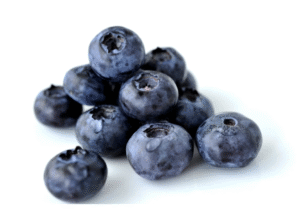
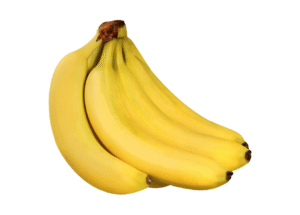
5. Bananas (Bonus Fruit)
While not a fall harvest fruit, bananas pair well with fall veggies and are pet-safe.
- Benefits: Rich in potassium, vitamin B6, and fiber.
- How to serve: Slice into small pieces; serve as an occasional sweet treat due to sugar content.
Fruits & Veggies to Avoid This Fall
Not all seasonal produce is safe for pets. Avoid giving:
- Grapes & Raisins – toxic and can cause kidney failure.
- Onions & Garlic – damage red blood cells.
- Avocado – contains persin, toxic to many pets.
- Uncooked Potatoes – contain solanine, which is harmful.
- Apple & Pear Seeds – toxic if ingested in large amounts.
Always check safety before introducing a new food.
Easy Ways to Add Fall Produce to Your Pet’s Diet
- Food Toppers – Mix pumpkin or sweet potato puree into kibble.
- Homemade Treats – Bake dog biscuits with pumpkin or apples.
- Training Rewards – Use blueberries or carrot sticks instead of store-bought treats.
- Frozen Snacks – Freeze fruit pieces in water or broth for a refreshing chew.
- Mix & Match – Combine pet-safe veggies for a healthy snack plate.
Moderation is key. Treats, including fruits and vegetables, should make up no more than 10% of your pet’s daily diet.
Final Thoughts
This fall, take advantage of the season’s bounty to give your pets safe, nutritious, and tasty snacks. From fiber-rich pumpkin to antioxidant-packed blueberries, seasonal fruits and vegetables can support digestion, strengthen immunity, and make mealtimes more exciting.

